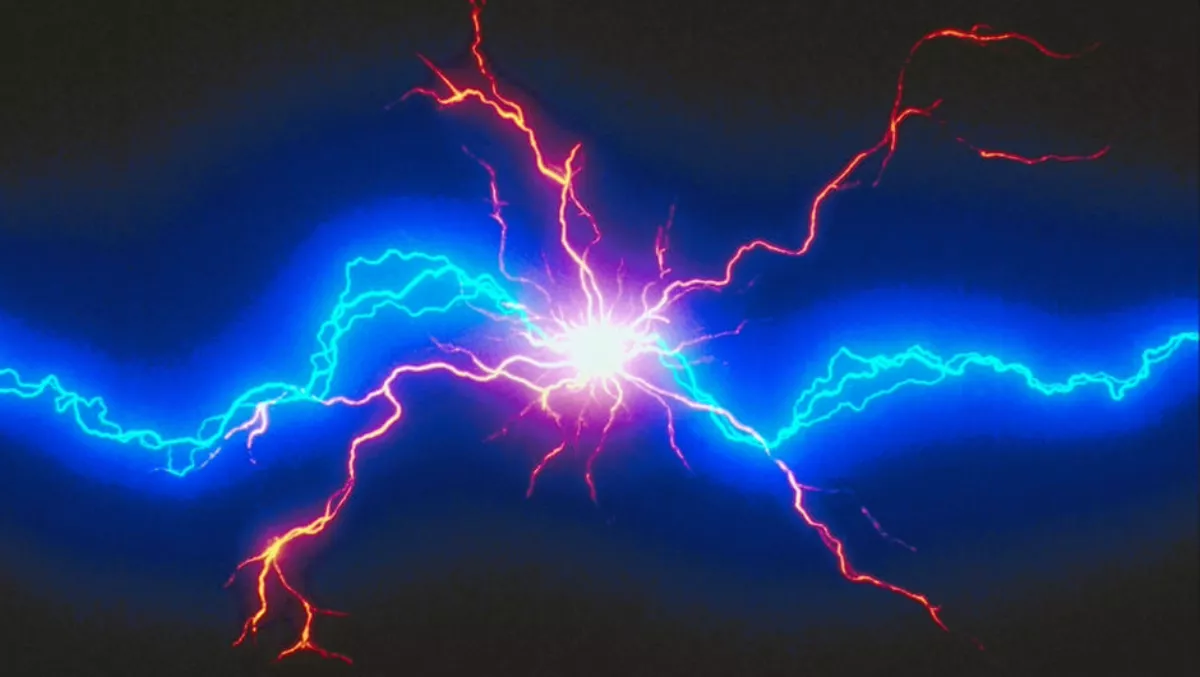
Australia’s utilities sector must innovate to tackle energy poverty
By Iman Ghodosi, VP - GM Asia Pacific at Zuora
A new year is a fresh start for many businesses - and an opportunistic time for companies in the utilities sector to hike up the prices of their services.
According to a recent survey by the Australian Bureau of Statistics, households are paying 26% more on utilities bills than they were six years ago.
While higher prices are aiding utility providers with a return to profit, they are also resulting in an upward trend of energy poverty – a term used to describe the unaffordability of energy prices. Energy poverty affects over 42,000 families in Australia, namely indigenous Australians, pensioners and low-income families.
Australia used to enjoy the world's lowest cost of electricity a decade ago but now is among the most expensive countries across the globe. With power prices forecast to continue rising, the pressure is mounting on Australia's utilities sector to innovate so it can deliver reliable and long-term services to consumers in an affordable and accessible way.
But is there a way to achieve a happy medium for both providers and customers, particularly as the gap between supply and demand continues to shrink?
The answer is yes.
Utilities companies need to replace existing traditional structures with nimble business models that are centred on customers, not products. This means improving overall user experiences to deliver a frictionless buying journey for customers and partners.
Part of this transition involves shedding heavily-customised and complex infrastructure to stay nimble and fast, which will comprise the consolidation of IT ecosystems and streamlining of processes to bring new products to market faster.
Another important step is to adopt more efficient and emerging technologies - such as smart devices - to maintain balance and fund growth-related activities.
This will become critical as end-users look to adopt more affordable alternative renewable energy options, such as battery storage, home energy management systems and smart energy efficient appliances – a trend that is bound to further shake up the utilities sector. Recently, Mirvac and Schneider Electric have built a 'House With No Bills' to test the effectiveness of smart energy technology in the face of rising energy bills. The result of this experiment will be presented at the 2019 Innovation Summit.
The adoption of new energy-related technologies was previously considered unlikely before 2020, however, the rapid uptake of smart home devices such as Amazon's Alexa and Google Home is suggesting otherwise. A recent survey revealed 81 percent of people responded positively to running smart heating devices daily in their homes.
Millennials, arguably the most influential generation since the baby boomers, are virtually addicted to technology and expect the kind of easy accessibility and automated service that smart energy-related technology will provide.
British utilities firm, Centrica, has been counting on smart home products to help it attract younger customers in particular, at a time when many are abandoning traditional energy providers due to unaffordable prices and concerns about service quality.
Utilities providers should be taking advantage of the opportunity to refresh their existing customer acquisition strategies by launching new revenue streams and developing robust pricing paradigms and digital strategies.
With sophisticated data sets now available and able to provide insights into customers' expectations and pain points, the utilities sector can drive strategic decisions, uncover new revenue opportunities and create improved experiences, all the while automating the downstream impact of customer events.
For example, one of Australia's largest electricity and gas providers, EnergyAustralia, launched its own embedded networks business in 2016 to take advantage of the growing multi-tenanted property market.
The embedded networks business now services property managers and owners' corporations that own the private networks within developments such as shopping centres and commercial buildings, residential apartment complexes and retirement villages, as well as the tenants that reside within.
There are ample opportunities for the utilities sector to reshape its current industry landscape, beyond traditional business models.
As more providers choose to innovate, new revenue models can help them reinvent for the modern world by turning enterprise "systems of record" into "systems of innovation".
This will enable these companies to scale their capabilities, monetise on new business models, improve customer experiences and move fast in a changing paradigm.

